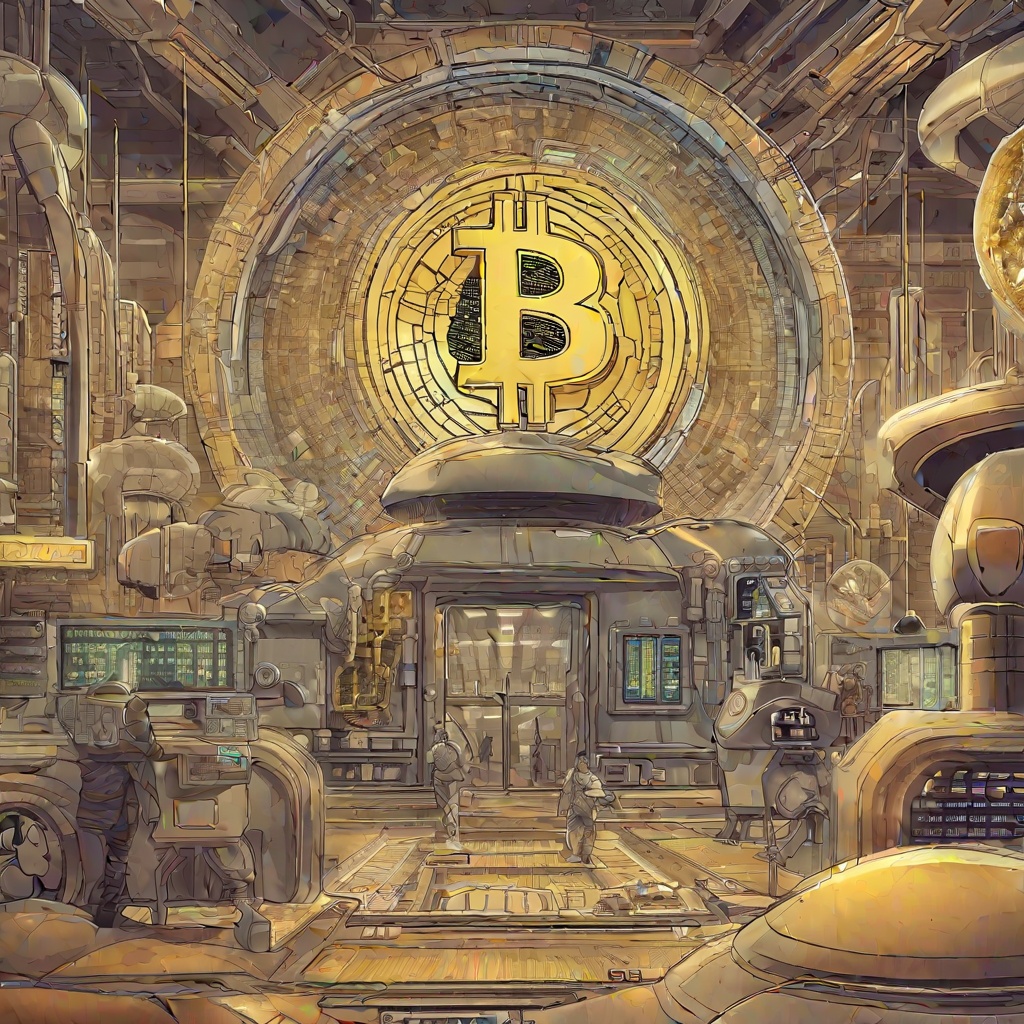What is the difference between LVM and Stratis?
Could you please elaborate on the key differences between LVM (Logical Volume Manager) and Stratis, and how they are utilized in various scenarios? Is LVM primarily focused on disk partitioning and volume management, while Stratis aims to provide a more streamlined and efficient approach to data storage in a distributed environment? Are there any specific use cases where one would be more suitable than the other?

What is the difference between res and req?
In the realm of web development and particularly in the context of Node.js, I often hear about 'res' and 'req' being used interchangeably. Could you please clarify for me the fundamental difference between these two terms? Are they simply abbreviations for two distinct concepts, or do they represent different aspects of the same process? Furthermore, how do they specifically relate to handling HTTP requests and responses in a server-side application?

What is the difference between Moonbeam and Moonriver?
Could you elaborate on the key differences between Moonbeam and Moonriver in the world of cryptocurrency and blockchain technology? How do they differ in terms of their purpose, functionality, and compatibility with other projects or networks? Is there a specific use case or advantage that one may offer over the other?

What is the difference between tokenization and crypto?
Could you elaborate on the distinction between tokenization and cryptocurrency? From my understanding, tokenization involves breaking down assets into digital tokens, while cryptocurrency is a decentralized digital currency secured by cryptography. However, I'm curious about how these two concepts differ in terms of their purposes, functionalities, and underlying technologies. Are there any specific use cases or industries where one is more suitable than the other? And how do they interact with traditional financial systems and regulations?

What is the difference between STEEM and steam?
Could you please clarify the distinction between STEEM, a cryptocurrency and decentralized social media platform, and steam, which typically refers to the vaporous or gaseous state of water or another liquid? It seems there may be some confusion between the two terms, as they share a similar spelling but have vastly different meanings and purposes. Is there a specific aspect of their differences that you'd like me to elaborate on, such as their origins, functions, or use cases?

